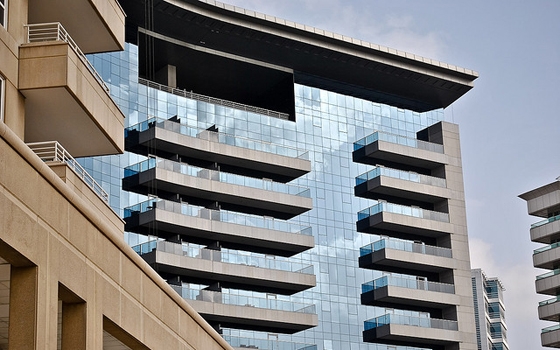The GCC glass industry is witnessing a period of unprecedented growth driven by a significant acceleration in new construction and infrastructure projects announced by regional governments.
According to the UK-based Bowmedia Group's market intelligence report on the global glass industry trends, the construction of new high-rise buildings will continue to fuel the main demand for flat glass products from the GCC, while across the globe, glass demand has been chiefly led by manufacturing, automotive and transportation and packaging industries.
The Bowmedia report states that international demand for flat glass is forecast to rise 7.1 percent per year through 2016 to reach 9.2 billion square meters, in a continuation of the trend seen over the past two decades. The global market value of fabricated flat glass is forecast to reach $90 billion in 2016, benefiting from the rapid growth of energy-efficient products such as solar control panels, insulation and low-E glass.
In the UAE, more than 1,300 construction projects valued approximately $418 billion are currently under way, while Qatar has seen an exponential rise in infrastructure and construction projects in preparation for FIFA 2022.
Across the GCC, another 300 projects worth $143 billion are in the design, planning or bidding states, according to Glass & Glazing Federation MENA.
The MENA region is expected to spend approximately $4.3 trillion on construction in the next 10 years, with Saudi Arabia allocating $750 billion toward infrastructure, transport, social reform and mass housing, as well as a further $500 billion in energy, logistics and education.
Glass demand is an excellent reflection of a country's per capita growth. As populations increase, the spending on new houses and glass increases correspondingly. Glass companies in the Middle East, in particular the GCC, are particularly at an advantage due to the manpower, raw material and strategic location to operate and export to anywhere in the world.
The Middle East container glass sector has three major consuming markets: The beverage sector, which accounts for around 56 percent of total tonnage of glass packaging containers; the food sector, which makes up around 29 percent; and the perfumery, pharmaceuticals and technical product containers (flacconage) sector, which accounts for approximately 15 percent of total tonnage.
Arab News
13 August

























































